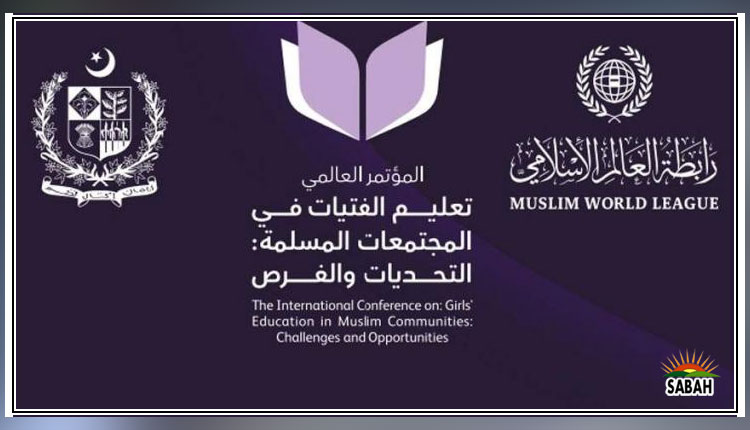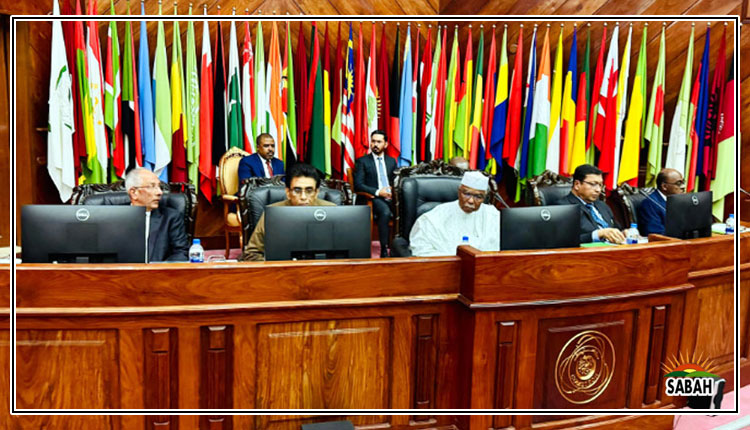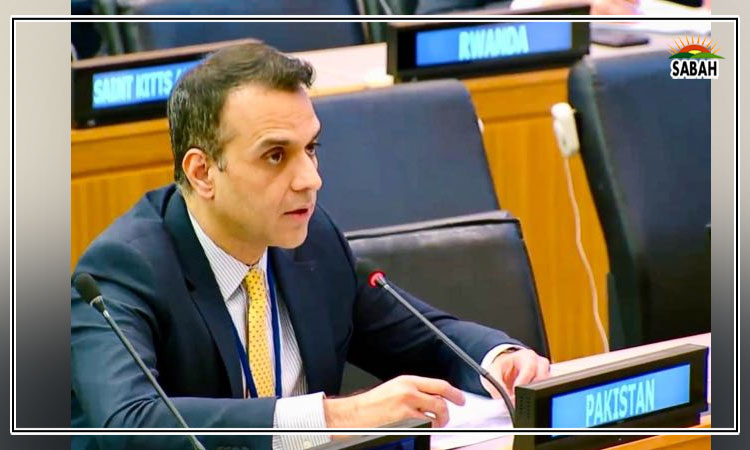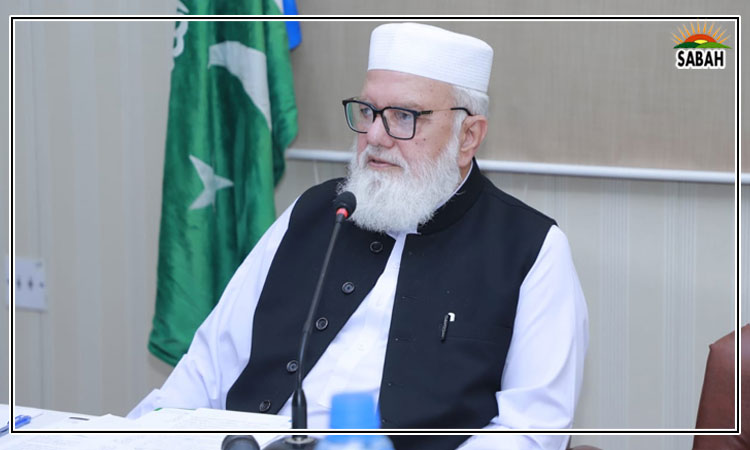Lost dreams…Dr Junaid Ahmed
With a rapidly growing population of over 231 million, Pakistan faces increasing challenges arising from a stagnant economy and an uncertain political environment.
Limited job prospects, highest-ever inflation, and aggravating income disparities are spurring more and more Pakistanis to seek better opportunities abroad. This is evident in the recent survey conducted by the Pakistan Institute of Development Economics (PIDE) titled Desire to Leave in Pakistan: Stay or Leave, which shows that about 37 per cent of the population desires to leave the country. This aspiration is more prominent among young males, with 62 per cent of respondents aged 15 to 24 expressing their intent to migrate.
Most of these young men state economic reasons as the main driver of their aspirations. These findings indicate that the existing economic challenges and limited availability of decent employment opportunities have contributed to growing frustration and cynicism among young people. Consequently, an increasing number of them perceive migration as a more promising path to improve their economic prospects and attain financial stability.
Outmigration from Pakistan is not a new phenomenon. According to the UN, about 6.3 million Pakistani immigrants resided abroad in 2020, compared with 5.8 million in 2015 and 3.8 million in 2005. This implies a 66 per cent growth in migrant stock between 2005 and 2020.
In 2020, most Pakistani migrants (54 per cent) resided in West Asia (principally in the Gulf States). This was followed by Europe (15 per cent) and North America (10 per cent). The current migration wave is not only limited to semi- and unskilled workers going to the Middle East but also includes an increasing number of qualified and educated youth looking for a better future in the West.
With limited options for legal migration, many young Pakistanis end up embarking on irregular, riskier journeys across land and sea routes to reach Europe. These journeys often span several months and involve perilous transportation methods, including travelling on foot, in containers, and by ship, across treacherous terrains and waters.
Countless lives are lost every year along these routes. About 30,000-40,000 Pakistanis attempt illegal migration to Europe every year through Iran, Turkey, and the western Balkans, a practice known as dunki.
According to the International Organization for Migration (IOM), this year alone, a record 81,973 arrivals have been recorded in Europe as of June 18, 2023, with 91 per cent arriving by sea and the remaining 9.0 per cent by land. Pakistans ranking among the nationalities of migrants arriving in Europe has moved up from ninth place in 2016 to top-5 in 2023.
According to Eurostat data, around 80 per cent of first-time asylum seekers in the European Union in 2022 were under 35, with 53.9 per cent between 18 and 34 and 25.2 percent under 18. Italy is the chief destination of Pakistani asylum seekers, with 11,370 applications, followed by Greece (2,555) and Cyprus (2,000).
The tragic accident that took place last week off the Greek coast, involving a boat reportedly carrying over 800 passengers heading towards Italy, carried many would-be migrants from Pakistan, primarily from Azad Jammu and Kashmir. It is presumed that hundreds of them, along with migrants from Syria, Egypt, and the Palestinian territories, drowned after the ill-fated boat sank.
This year, over 1,933 (9.8 per cent) migrants are reported to have drowned or gone missing in the Mediterranean Sea alone, highlighting the magnitude of the humanitarian crisis unfolding near Europes southern shores. Each drowned, or missing person represents an individual with aspirations, dreams, and loved ones left behind. It is a stark reminder of the extent of risks migrants are willing to take to improve the family fortune.
These tragedies prompt us to question how many more lives will be lost before any meaningful action is taken. Addressing the issue of illegal outmigration and human smuggling requires a comprehensive and coordinated response across legal, operational, and administrative domains to effectively curtail human smuggling through dunki. In addition, collaboration with neighbouring and transit countries needs to be enhanced to exchange information and coordinate efforts for combating smuggling networks.
Other steps involve conducting awareness campaigns to educate youth about illegal migrations risks, dangers, and legal consequences and providing accurate and up-to-date information on legal pathways for migration, including work visas, study programmes, and exchange opportunities.
Nonetheless, addressing the root cause of large-scale irregular outmigration involves tackling symptoms of deeper social malaise, including political turmoil and growing economic challenges. This requires carrying out development initiatives that generate employment opportunities, especially in areas experiencing high rates of youth migration.
Youth internship programmes and skill-building initiatives need to be launched to bridge the gap between education and employment. These measures can reduce risks of such tragedies in the future and pave the way for a sustainable and inclusive future.
Courtesy The News












